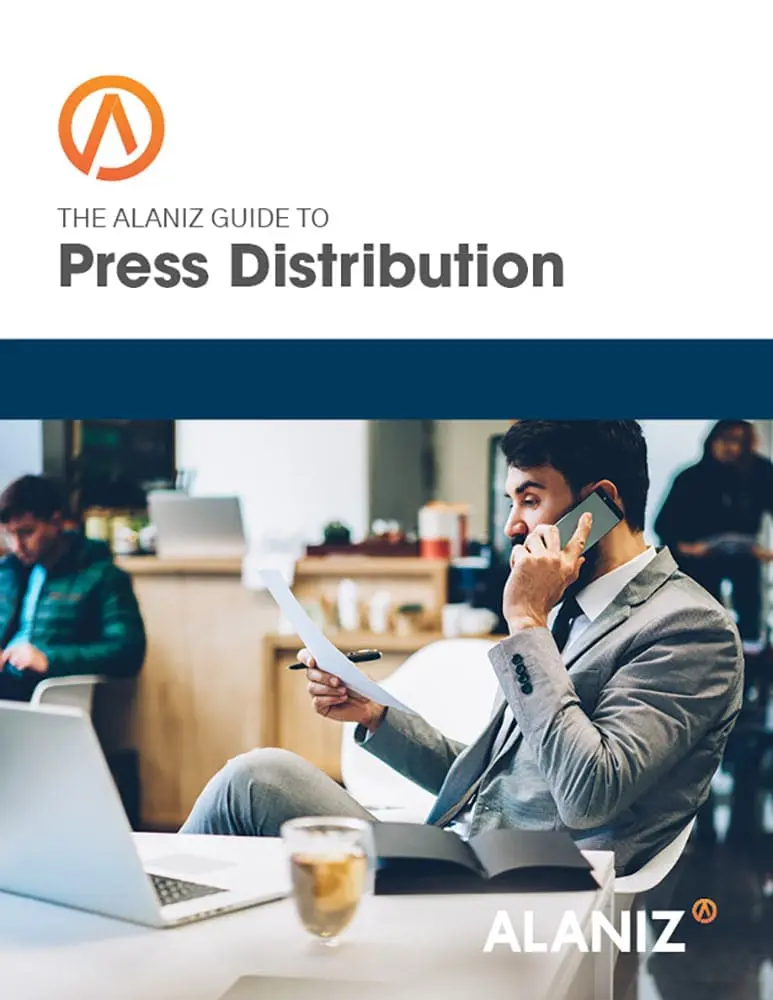This blog post is part of “The Ultimate Guide to Public Relations” blog series.
Create a newsworthy press release that appeals to media outlets by building relationships and making your outreach initiatives personal.
It’s frustrating putting time and effort into creating a well thought out press release only to have it ignored. Yet, it’s a common experience in the realm of media relations. Why do media outlets pick up some press releases for stories, but not for others? After all the effort spent on brainstorming a newsworthy pitch and compiling relevant media lists, the media doesn’t bite. What gives?!
Here are five reasons why your news release never made it to print and what you can do next time for a better chance that it does:
1. The ‘News’ Wasn’t News: This is key!
Your recently acquired office dog doesn’t warrant a news release and often times neither does the announcement of a new product. News is someone using your product to do something previously impossible. A writer’s job is to write good stories. Set them up for a good story with a newsworthy press release. Help them help you.
What you can do to fix it: Understand the needs of journalist’s readers and be ready with some images. Keep in mind the following basic components of making something newsworthy.
- Conflict: Not many people enjoy conflict, but they sure do like reading about it and the news involves controversy.
- Human Interest: Appeal to the emotion of readers.
- Timeliness: Keep the news current or include recent development to an existing story. Also tie into a current news cycle–like tying it to taxes around april 15, or romance around Valentine’s day.
- Proximity: Keep the news close to the home of your audience.
- Prominence: When a well-known individual or group is mentioned.
2. Make it worth reading:
Take your time on coming up with a catchy headline. When journalists are shuffling through hundreds of press releases you want to create a headline that communicates clearly what the press release is about.
What you can do to fix it: Have multiple people read the release (interns are great for this sort of thing.) Two eyes may be better than one, but twelve eyes are better than two. Editors look to cover press releases that are well structured with good grammar, good English, and that are well presented.
3. Heavily Relying on Mass Email
Journalist’s inboxes are flooded with emails on a daily basis with what individuals think are newsworthy stories. Think of a mother who announces her child’s recent achievement of making it on the Honor Roll. She may think it’s worth everyone knowing, but it’s not news. Similarly, companies’ milestones may not always be newsworthy.
What you can do to fix it: Pick up the phone and leverage social media platforms such as Twitter and LinkedIn to connect with journalists. Check Twitter for related tweets to your story and interact with journalists. An agency with experience in your industry can add value here as they often have established relationships with journalists and already know what they may or may not be interested in writing about.
4. Using an Impersonal Approach
It’s easy to pitch to someone. It’s also easy to type up a script to use when you’re calling various publications, but eventually you start to sound like a broken record. On top of that, journalists associate being pitched to the same way you associate being cold called and no one likes to be cold called.
What you can do to fix it: Journalists are bombarded with pitches all day long and most likely glaze over or sink a little lower in their chair when you start yours. Act like a human when you’re personally reaching out to journalists. Instead of going straight into pitch mode, get to know them, find out what’s important to them and their audience, and collaborate with them!
5. Relying on Wires for Distribution
PR wire services such as PRWeb, PR Newswire, and Business Wire charge per press release and offer various packages for the amount of distribution you’d like, but just distributing a press release doesn’t guarantee your news will be read or picked up for a story. Instead, or in addition to, use platforms like Meltwater to send out a press release via email by segmenting lists. Creating segmented lists helps to keep your outreach initiatives organized. Platforms such as Meltwater are meant for communication whereas wires are meant for publication, Meltwater gives you the opportunity to follow up personally.
What you can do to fix it: Don’t hide behind a PR wire service. Segment, segment, segment! Create a list of people you’d like to follow up with a phone call, a list of people who write about green living, lifestyle, or parenting. Customize your opening email to them according to their beat.
These tips and tricks all start with having something worthwhile to say. Your company has its own unique story and personality to contribute. The challenge is finding the best approach to your story.
This blog post is part of “The Ultimate Guide to Public Relations” blog series.




